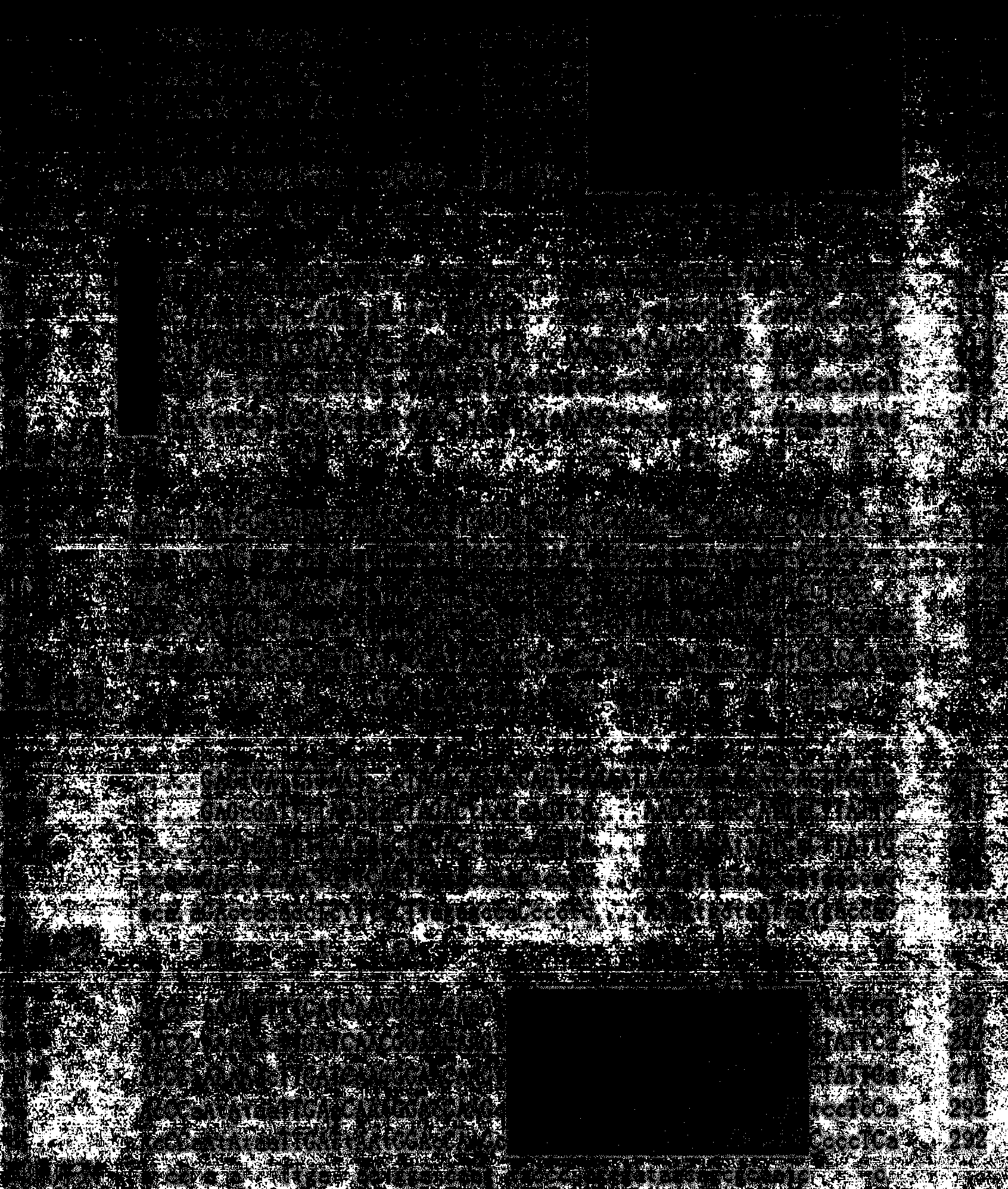Fluorescently-labeled gene multiplex amplification method for identifying sources of goat, sheep, pig and duck meat simultaneously
A fluorescent labeling, sheep technology, used in biochemical equipment and methods, microbial determination/inspection, DNA/RNA fragments, etc., can solve the problem of no simultaneous detection, avoid cross-interference, high detection sensitivity, and improve detection efficiency. Effect
- Summary
- Abstract
- Description
- Claims
- Application Information
AI Technical Summary
Problems solved by technology
Method used
Image
Examples
Embodiment Construction
[0048] Primer design and fluorescent labeling: According to the mitochondrial DNA of goat (accession number M55541.1), sheep (accession number NC_001941.1HM236185.1), duck (accession number X60825.1) and pig (accession number AY920914.1) published in GenBank 16s rRNA gene sequence, design a pair of universal primers, see the binding position of the primers in the mitochondrial genome figure 1 ; According to the cyt b sequence of the above species, design a pair of universal primers as internal reference. Then label the 5' end of the forward primer in each pair of primers with a 6-FAM fluorescent molecule, that is, the forward primer SIM-F of 16S rRNA: 5'-FAM-AAGACGAGAAGACCCTTGGACTTTA-3', the reverse primer SIM-R of 16S rRNA: 5'-GATTGCGCTGTTATCCCTAGGGTA-3'; forward primer mcb-F of cyt b gene: 5'-FAM-TACCATGAGGACAAATATCATTC TG-3', reverse primer mcb-R of cyt b gene: 5'-CCTCCTAGTTTGTTAGGGAT TGATCG-3'.
[0049] See Table 1 for the sequences of universal primers for mitochondrial ...
PUM
 Login to View More
Login to View More Abstract
Description
Claims
Application Information
 Login to View More
Login to View More - R&D
- Intellectual Property
- Life Sciences
- Materials
- Tech Scout
- Unparalleled Data Quality
- Higher Quality Content
- 60% Fewer Hallucinations
Browse by: Latest US Patents, China's latest patents, Technical Efficacy Thesaurus, Application Domain, Technology Topic, Popular Technical Reports.
© 2025 PatSnap. All rights reserved.Legal|Privacy policy|Modern Slavery Act Transparency Statement|Sitemap|About US| Contact US: help@patsnap.com



